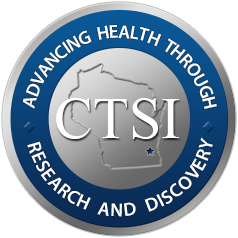An in vivo murine model of rosiglitazone use in pregnancy. Fertil Steril 2006 Oct;86(4 Suppl):1074-9
Date
09/06/2006Pubmed ID
16952358DOI
10.1016/j.fertnstert.2006.03.024Scopus ID
2-s2.0-33748916017 (requires institutional sign-in at Scopus site) 24 CitationsAbstract
OBJECTIVE: To identify the effects of rosiglitazone use during murine pregnancy.
DESIGN: The effect of rosiglitazone on blastocyst development was determined by culturing two-cell mouse embryos with rosiglitazone for 72 hours. From January to June 2005, five independent groups of ICR/CD1 female mice were treated with rosiglitazone during pregnancy, from the time of identification of seminal plugs until delivery of pups.
SETTING: Controlled animal facility.
ANIMAL(S): Two-cell mouse embryos and an outbred line of mice, ICR/CD1.
INTERVENTION(S): Two-cell embryos were cocultured with rosiglitazone (10 microM) for 72 hours and scored. Ten-week-old female ICR mice were mated. Females with seminal plugs then were randomized to rosiglitazone (10 or 0.1 mg/kg per day) or to carrier alone, by gavage, until delivery. Weekly weights were obtained, and pregnancy outcomes were documented.
MAIN OUTCOME MEASURE(S): Blastocyst development, number of pups and pup weights, and morphological changes.
RESULT(S): Embryos exposed to rosiglitazone progressed to the blastocyst stage within 72 hours. Pregnant animals demonstrated normal weight gain throughout pregnancy. Postnatal growth and litter size were not statistically different between groups. No changes in normal mouse neonate development were observed.
CONCLUSION(S): Rosiglitazone did not impair murine blastocyst development in vitro or cause phenotypic harm to the mouse fetus when administered during pregnancy, suggesting potential safety for rosiglitazone use in pregnancy.
Author List
Klinkner DB, Lim HJ, Strawn EY Jr, Oldham KT, Sander TLMESH terms used to index this publication - Major topics in bold
AnimalsAnimals, Newborn
Blastocyst
Coculture Techniques
Female
Litter Size
Mice
Mice, Inbred ICR
Mice, Inbred Strains
Pregnancy
Pregnancy, Animal
Thiazolidinediones
Tissue Culture Techniques
Weight Gain









